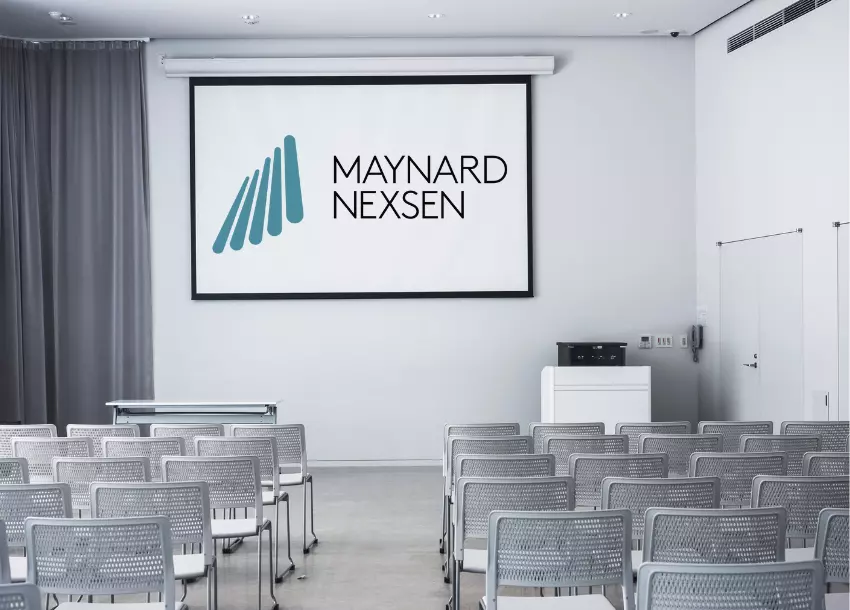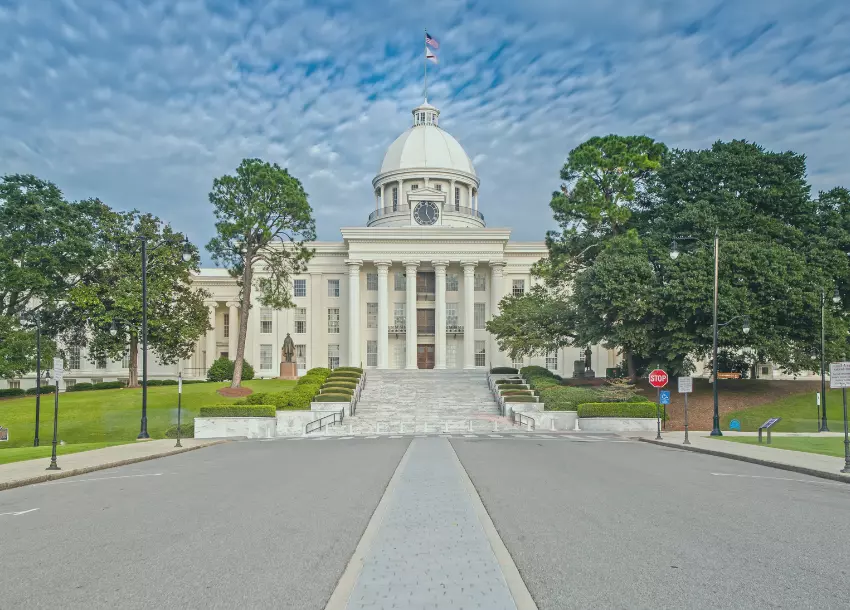When Does My Patent Expire? A Quick Glance at Patent Term Adjustment Prior to the Outcome of Cellect
The term of a U.S. utility patent extends 20 years from the date of priority filing. However, the USPTO provides a guarantee of “prompt patent and trademark office response” that may allow the term to extend beyond the 20 year mark. Here, we will look at Patent Term Adjustment (PTA), specifically when PTA applies and how a longer term can be obtained. The present article highlights common reasons for PTA, Applicant pitfalls that reduce PTA, and current issues that may affect PTA moving forward.
I. Reasons for PTA: USPTO Delays
The USPTO provides PTA for the following instances. First, in an instance in which the Office has not provided a notification (either rejection, objection, rejection, or allowance) to the Applicant within 14 months of the filing date (or the commencement of the national stage for international applications). Second, in an instance in which the Office has not responded to a reply to Office Action or Appeal within 4 months of the filing. Third, in an instance in which the patent is not issued within 4 months of the payment of the issue fee. The term of the patent is extended for one day for each day after the given period until the action is taken. For example, in an instance in which the Office responds to a reply to Office Action filed by the Applicant 4 months and 5 days after the filing of the Office Action Response, the Applicant would be entitled to 5 days of PTA.
Less common reasons for PTA include more than three-year application pendency, delays caused by interference and derivation proceedings, delays caused by secrecy order, and delays caused by successful appellate review. These less common reasons should be considered during the PTA determination. The Maynard Nexsen IP Team is able to identify specific cases that involve these additional factors and ensure that the appropriate PTA has been determined for your case.
II. Pitfalls of PTA: Reduction in PTA due to Applicant Delay
While the USPTO provides for PTA due to USPTO delays, delays caused by the Applicant may offset PTA for the Patent. Any period of adjustment of term “shall be reduced by a period equal to the period of time during which the applicant failed to engage in reasonable efforts to conclude prosecution of the application.” 35 U.S.C. § 154(b)(2)(C). The most common Applicant delay is an instance in which an Applicant replies to any notice or action (e.g., a rejection, an objection, an argument or other request by the Office, etc.) more than three months after the notification by the Office. For an Office Action, this aligns with the three month period in which the Applicant has to reply without incurring any extension fees. As such, filing a Response to Office Action more than 3 months after filing would result in an Applicant delay and reduce any PTA the Patent would otherwise be entitled for USPTO delays. As such, the potential reduction in PTA should be considered when taking extensions.
III. Current Issues in PTA: Double Patenting and Terminal Disclaimer Considerations
A case (Cellect, LLC v. Vidal) is currently before the Supreme Court of the United States for Writ of Certiorari (Currently Scheduled for Conference on 9/30/24). Cellect will greatly affect patent term across related patents with differing amounts of PTA. The Federal Circuit ruled that double patenting can reduce the amount of PTA for a patent, regardless of whether a terminal disclaimer is filed. In Cellect, the USPTO ruled during an ex parte reexamination, that the patents at issue were unpatentable due to obvious-type double patenting. The Board (and subsequently the Federal Circuit in affirming the Board decision) indicated that obvious-type double patenting and terminal disclaimers were “two sides of the same coin.” As such, the Federal Circuit ruled that PTA is limited by obvious-type double patenting. The Supreme Court will soon decide whether to review the decision by the Federal Circuit. The Maynard Nexsen IP team is on top of changes in the law and ready to assist with any changes, such as the potential changes caused by Cellect.
IV. Final PTA Considerations
Depending on the Patent, PTA may range from zero to multiple years of extended patent life. Before issuance, the USPTO determines the amount of PTA in days and must provide the Applicant with the PTA determination no later than the day of issuance. Applicants may request reconsideration of the PTA determination. The Maynard Nexsen IP team has vast experience dealing with a wide range of PTA issues. We can assist to ensure that the PTA calculations are correct and reductions in PTA due to Applicant delay are reduced. If you have any specific questions, please reach out to us!
About Maynard Nexsen
Maynard Nexsen is a full-service law firm of nearly 600 attorneys in 31 locations from coast to coast across the United States. Maynard Nexsen was formed in 2023 when two successful, client-centered firms combined to create a powerful national team. Maynard Nexsen’s list of clients spans a wide range of industry sectors and includes both public and private companies.









